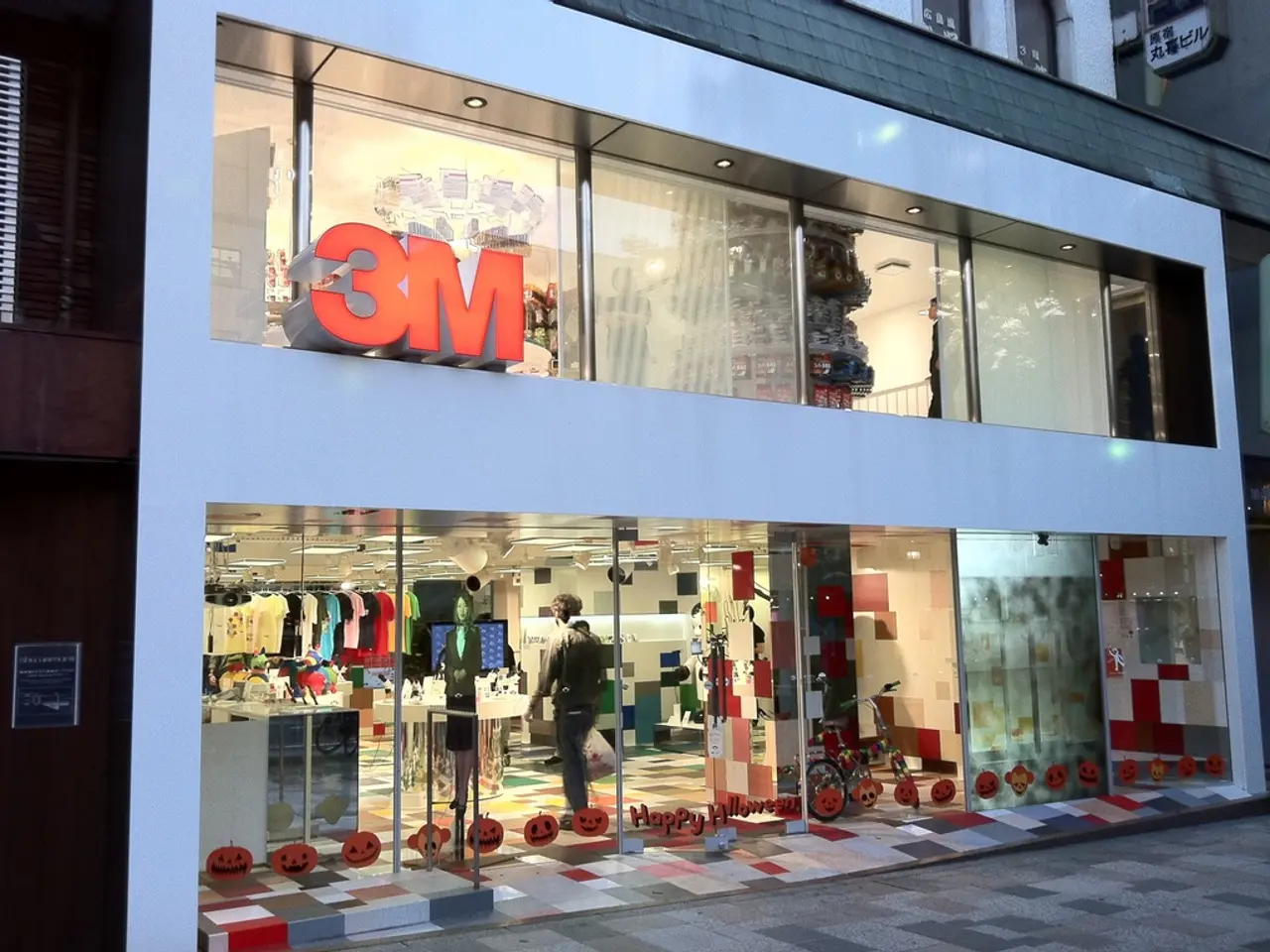Reminding Us of a Bygone Era: A Look at Seven Magnificent Art Deco Cinemas in the UK that Still Captivate
Art Deco Cinemas in the UK: A Rich Legacy and Ongoing Preservation Efforts
Art Deco cinemas in the United Kingdom stand as a testament to a culturally significant architectural era from the early 20th century. These iconic buildings, adorned with geometric motifs, neo-classical influences, and streamlined modernism, have left an indelible mark on the British film industry.
One of the most notable examples is the Troxy in Stepney, London, which opened its doors in 1933 and was the largest cinema in England at the time, seating 3,520 people. After a restoration over a decade ago, it continues to serve as a popular event space.
The Strand Arts Centre in Belfast, established in 1935, is the only remaining Art Deco picture house built in the city. Its maritime-themed facade and interior, influenced by its proximity to the Harland & Wolff shipyard, add to its unique charm. The centre is set to undergo a £6.5 million redevelopment, with plans to restore the facade, entrance, foyer, and build additional communal spaces including a cafe and interactive 'living museum'.
The Majestic Cinema in King's Lynn, opened in 1928, is another prime example of Art Deco cinema architecture. With neo-classical columns and semi-circular arches, it reflects a revival of ancient Greek and Roman motifs common in the style.
The Dominion Cinema in Edinburgh, opened in 1938 and designed by Thomas Bowhill Gibson, exemplifies the cultural and architectural significance of Art Deco cinemas in the UK. It originally seated 1,300 and remains operational as an independent, family-run cinema with a Category B listing to protect its heritage.
However, not all Art Deco cinemas have fared as well. The Abbeydale Picture House in Sheffield, an ornate building with plaster ceilings typical of the period, is currently at risk due to leaking roofs and financial pressures on its lessee, CADS. It’s on the Theatres Trust's register of theatres at risk, highlighting preservation challenges for historic cinemas.
The peak of Art Deco design coincided with the Golden Age of Hollywood cinema, and cinemas during this era were vast, accommodating huge auditoriums with opera pits, beautifully decorated proscenium arches, and enough seats to accommodate thousands of visitors.
The Regent Street Cinema in London, recognized as 'the birthplace of British cinema', has preserved its old-time character while adapting to modern times. After decades of use as a lecture hall by The University of Westminster, it was rebuilt in the Art Deco style in 2016. Since the reopening, it has become known for its cutting-edge programme of art-house films.
In conclusion, Art Deco cinemas in the UK represent a rich legacy of architectural and cinematic history. While some flourish as independent cinemas, others face conservation challenges, requiring ongoing maintenance and community support to preserve their Art Deco character. It is essential to continue these efforts to ensure that these historic gems endure for future generations to enjoy.
The Art Deco Cinemas in the United Kingdom, like the Troxy, Strand Arts Centre, Majestic Cinema, Dominion Cinema, and Regent Street Cinema, serve as a testament to the Golden Age of Hollywood cinema and offer a unique blend of entertainment and architectural history. However, conservation challenges persist for some, such as the Abbeydale Picture House, necessitating community support and ongoing preservation efforts to safeguard these cultural gems for future generations.







